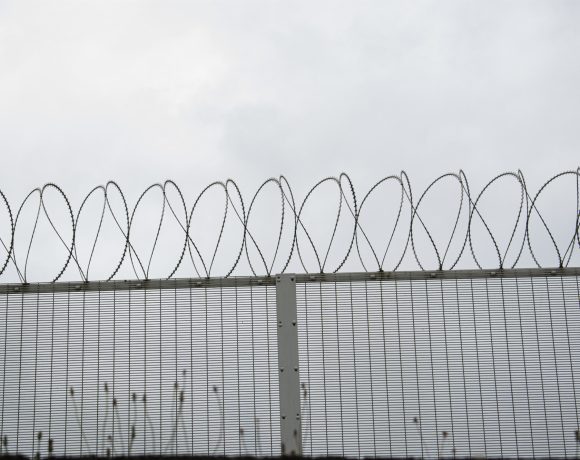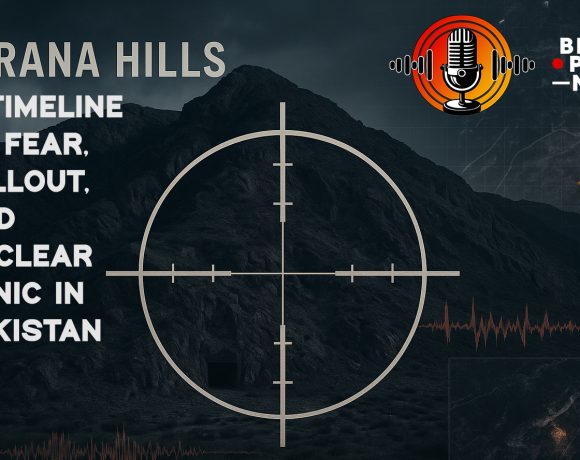
India Evacuates Nepalese, Sri Lankans in Operation Sindhu
Amid ongoing Israeli missile strikes on Iranian soil, India has expanded the scope of Operation Sindhu—its emergency evacuation initiative—to assist not only Indian nationals but also citizens of Nepal and Sri Lanka. The decision followed official requests from the governments of both neighboring South Asian countries and has been implemented through coordinated diplomatic and logistical efforts on the ground.
Evacuation Now Includes Nepalese and Sri Lankans
“On request of the Governments of Nepal and Sri Lanka, the Indian Embassy’s evacuation efforts in Iran will also cover Citizens of Nepal and Sri Lanka,” the Indian Embassy in Tehran confirmed via an official social media update. Emergency contact numbers were also provided to facilitate rapid outreach and assistance, including provisions for contact via Telegram and local phone lines.
This marks a notable expansion in India’s role, reflecting a commitment not just to its own diaspora, but to regional stability and support for fellow South Asian nations amid a rapidly deteriorating security situation in Iran.
Over 1,000 Evacuated Under Operation Sindhu
Launched in response to the missile exchange between Israel and Iran, Operation Sindhu has already brought back more than 1,000 Indian citizens, primarily students and workers stranded in Iranian cities such as Urmia and Mashhad. Special flights from Ashgabat and Mashhad began returning evacuees to India on June 21, with some groups rerouted through Armenia for safe transit. The first batch included 110 Indian medical students, followed by larger groups in subsequent days.
Among the evacuees were individuals from conflict-sensitive areas like Jammu & Kashmir, who had been studying in Iran at the time of the attacks. The evacuation mission continues to operate through alternate air corridors as Iranian airspace remains partially restricted due to the ongoing military operations.
Humanitarian Leadership Amid Israel-Iran Tensions
India’s decision to extend evacuation assistance to Nepalese and Sri Lankan citizens is consistent with its past regional humanitarian efforts, such as Operation Raahat in Yemen, Operation Ganga in Ukraine, and Operation Ajay in the Middle East. With Iran becoming the latest flashpoint in the broader Middle East conflict, India’s Operation Sindhu now serves as both a rescue mission and a symbol of diplomatic agility.
As nations around the world rush to protect their citizens from the fallout of escalating violence, India has emerged as a steady hand in crisis management—coordinating cross-border efforts, securing flight permissions, and ensuring safe passage through allied nations. The continued evolution of Operation Sindhu underscores New Delhi’s growing role as a reliable regional responder in times of geopolitical upheaval.


















